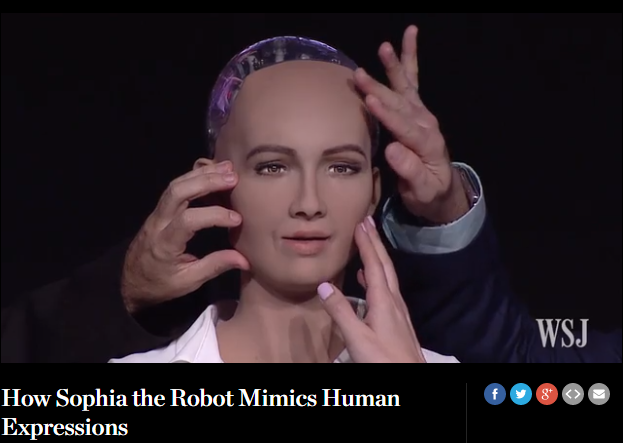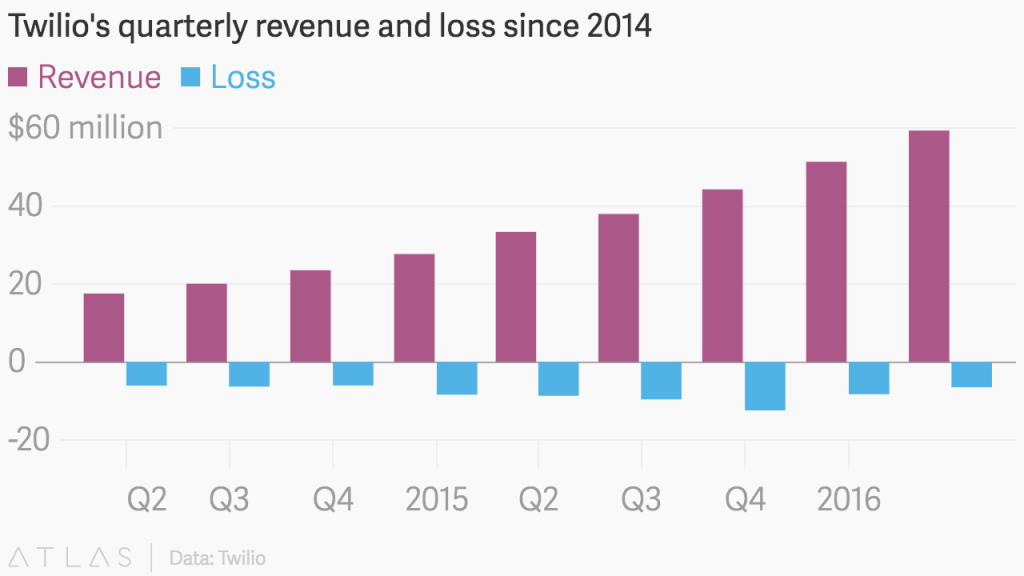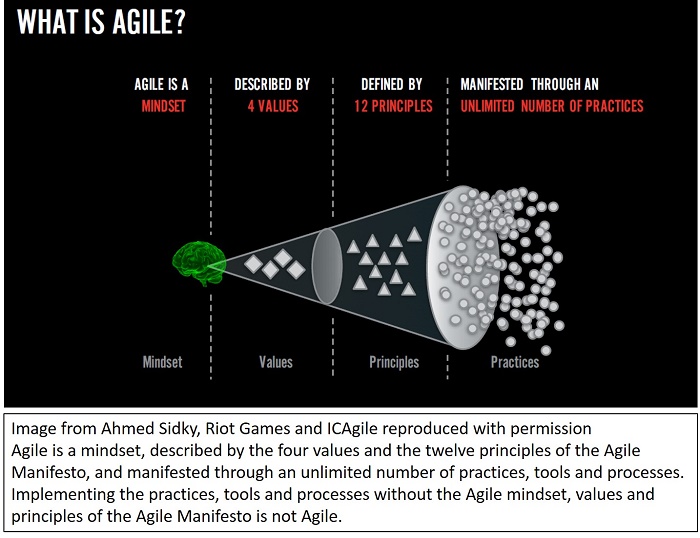Sections
Computers, Maths and Brains
[avatar user=”malm” size=”small” align=”left” link=”file” /]
Over the last five weeks I have attempted to outline a number of basic aspects of machine learning using Python. I’ve touched on regression, classification and word vectors. If you’ve followed through the explanations, it should hopefully have become clear, if it wasn’t already, that machine learning is really more maths than computing. The latter is subject to advances in technology and methods but maths is immutable. To successfully employ machine learning within a specific business context requires a significant change in mindset if your background is in computing. It’s more a case of thinking MTP (“model-train-predict”) rather than MVC (“model-view-controller”). One is also forced to think about data sources because the degree of predictive power any machine learning system is capable of is largely dependent on the quantity and quality of data you can throw at it.
This fundamental difference shifts the pendulum away from simply building a competitive advantage through writing more software. In fact it is already helping create a Matthew Effect in the technology landscape where at least in data terms, the “rich are getting richer“. The currently dominant platform players like Google and Facebook that already have the most data stand to profit yet further as the aggregators of the most important and valuable insights:
For unto every one that hath shall be given, and he shall have abundance: but from him that hath not shall be taken even that which he hath.
TechCrunch pointed out that machine learning will have a two-fold effect on the corporate environment. Basic access to the technology will be democratised through developments like TensorFlow and there will be new playbooks for new players but only those who have successfully monopolised access to key data in their niche will be able to truly take advantage. Everyone else will just be dabbling at the edges so to speak:
“This means that machine learning will likely have a barbell effect on the technology landscape. On one hand, it will democratize basic intelligence through the commoditization and diffusion of services such as image recognition and translation into software broadly. On the other, it will concentrate higher-order intelligence in the hands of a relatively small number of incumbents that control the lion’s share of their industry’s data”
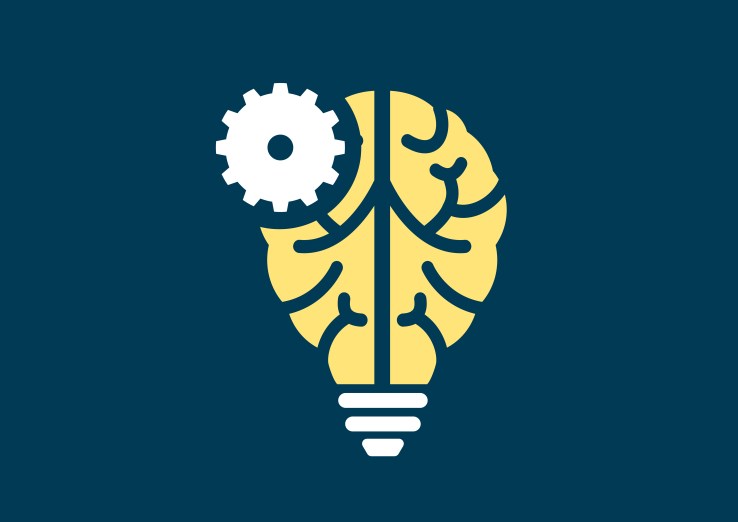
It seems an altogether depressingly appropriate development for an age in which growing inequality is a major concern. In a further irony, in spite of predictably regular and hysterical references to the Singularity and AI overtaking human intelligence, your organic brain does not work the same way that artificial brains do. This Aeon article does a great job of explaining why:
Computers, quite literally, process information – numbers, letters, words, formulas, images … [and] really do operate on symbolic representations of the world. They really store and retrieve. They really process. They really have physical memories. They really are guided in everything they do, without exception, by algorithms. Humans, on the other hand, do not – never did, never will. … No matter how hard they try, brain scientists and cognitive psychologists will never find a copy of Beethoven’s 5th Symphony in the brain – or copies of words, pictures, grammatical rules or any other kinds of environmental stimuli.
- What is in a brain is entirely unique and embodied meaning that the prospect of being able to “transfer” or “backup” an individual brain simply by transferring the corresponding connectome would not necessarily reproduce the experience of being that individual irrespective of compute power + storage applied to the problem:
[Even] if we had the ability to take a snapshot of all of the brain’s 86 billion neurons and then to simulate the state of those neurons in a computer, that vast pattern would mean nothing outside the body of the brain that produced it.
Virtual Assistants
- Another day, another chatbot proposition this time in the shape of Ozlo which has been bolstered by a $14million investment focussed mainly on “product and engineering”. On initial reading, it appears more on the AI end of the HAAI spectrum and although the initial version seems to focus on “coffee and food“, the underlying technology looks like it could be eventually move to support multiple categories like Google Assistant, Facebook M and Viv at least judging by this statement from Principal Engineering Lead Heidi Young:
“We’re especially interested in folks that are excited about building a personal assistant that is completely AI,”
- Here’s a video outlining how Ozlo works:
https://youtu.be/0BuxPpZyMAM
- Another proposition in a similar space to Ozlo targeting bookings, hotels and restaurants is Denver-based HAAI startup Pana. NYT published a write up of Pana which made clear that the proposition is heavily reliant on human discretion and focussed on travel management. That puts it into a similar category to Lola, HelloGbye and GoButler:
“Many of the virtual assistant services use artificial intelligence, a branch of computer science that simulates intelligent human behavior. … Some respond to questions posed by travelers, either in live speech or digitally, while some, like Pana, rely on additional input by humans to provide answers. The Pana app lets users chat, in conversational language, about booking travel and helps if they encounter a delay or cancellation. Responses are provided by a team of travel agents who are on duty round the clock and have access to artificial intelligence to gather information customized for the traveler.”
Artificial Intelligence
- An enterprising MSc student at Goldsmiths called Terence Broad autoencoded the whole of Ridley Scott’s sci-fi epic BladeRunner reducing each original frame to a vector of 200 features which were collectively used to train a deep learning network capable of reconstructing the original frames using only the vector data as input. Side by side comparison below:
“he reduced each frame of Ridley Scott’s Blade Runner to a 200 digit number, then invoked the net to reconstruct the image just using that data. The result was nothing short of fantastic — the neural net, working naively to identify the significant elements of each frame, without human supervision, was able to capture the most important data so well that its reconstruction of Blade Runner triggered a copyright notice from Warner Brothers when he posted it to Youtube.”
- This is a useful point at which to link to this article which outlines the essential difference between deep and normal learning which is the way that data features are respectively automatically detected vs. “engineered”. The 200 features per frame generated above are not measured or calculated by a human expert:
“The goal behind deep learning is to automatically learn the features from noisy data; it’s about algorithms that do the feature engineering for us to provide deep neural network structures with meaningful information so that it can learn more effectively. We can think of deep learning as algorithms for automatic “feature engineering,”
- Only one AI company worries Elon Musk. He doesn’t say who but it surely has to be Google who announced this week the latest version of their TensorFlow deep learning framework is now available on iOS moving them closer to the de facto standard developer platform for AI. Mind you, given Musk reckons we’re living in a simulation anyway, the brain-bending possibility arises that he too is an AI:
Does it mean that the man famously worried about the dangers of artificial intelligence is artificial intelligence himself? Or are we avatars being guided by creatures in another reality? Perhaps those figures are themselves being controlled by a third existence? Maybe it’s simulations all the way up, and we’re just the game inside the game, like the versions of Minecraft built inside Minecraft?
- Cue a robot capable of mimicking human expressions. The accompanying WSJ video of ‘Sophia’ is eerily compelling and genuinely creepy:
- The Asus Zenbo domestic robot isn’t anything like as advanced as Sophia but it does retail for about the same price as a smartphone.

Internet of Things
- The world of IoT standards and consortia is a complex one driven by large companies jostling for position. It’s hard for non-participants to make any sense of what’s going on. LoRA (Low Area Wide Area Network or “LPWAN”) is a case in point. While Actility “appoint a new CEO to drive LoRA-based IoT offering to the next level” and Samsung and SK Telecom unit to launch a nationwide LoRA network, it seems that Vodafone and other network operators are actively trying to stop LoRA from taking off. At the end of the day, it is just a plain old comms stack which everyone seems to want to control and own:
LoRaWAN network architecture is typically laid out in a star-of-stars topology in which gateways is a transparent bridge relaying messages between end-devices and a central network server in the backend. Gateways are connected to the network server via standard IP connections while end-devices use single-hop wireless communication to one or many gateways.

- Intel are “buying into machine learning and IoT” with their acquisition of computer vision specialist Itseez. Part of their pivot away from mobile into the IoT space. Their chances of making it look to be dependent on the quality of their acquisitions.
- This article provides some context for Intel’s IoT gamble. It outlines a hypothesis that the shift to IoT will presage a massive shift in the silicon industry away from the one size fits all System on a Chip (SoC) paradigm to a more modular System in a Package (SiP):
$300+ billion semiconductor industry has grown up around the standardized hardware of PCs and smartphones — basically, boxes that live indoors and plug into walls. IoT, on the other hand, will require a huge diversity of hardware offerings. Get ready for some big changes in the “silicon” of Silicon Valley.
Mobile and Devices
- Mary Meeker’s Internet Trends 2016 report was published this week. If you haven’t seen it before, it can be a bit overwhelming at first (over 230 dense slides) but it is generally regarded as essential reading for understanding the overall state of mobile and internet services. Three of the key takeaways from a mobile context:
- The global smartphone landscape has evolved into Mac vs PC territory.
- There is significant potential for AI and voice interfaces. The Amazon Echo material is well worth checking out and was also covered by Wired yesterday. Voice-activated speakers are likely to emerge as a new tech product category this year and intersect with on-demand services propositions in interesting ways.
- The astonishing pace of change with voice technology over the last few years and the profound impact it will have once we get to 99% accuracy is not generally appreciated or understood. Some key data points provided in the report:
- Computer recognition of speech has risen from about 70% to 90% accuracy in the last five years.
- The vast majority (65%) of US smartphone owners now use a voice assistant.
- By 2020, at least 50% of all searches online will be through voice or image search, according to Baidu’s chief scientist Andrew Ng.

- Some key China internet services data points presented by Meeker:
- Over two-thirds (71%) of the time spent on mobile in China is divided between properties owned by three companies: Tencent, Alibaba, and Baidu.
- Nearly on third (31%) of Chinese WeChat users purchase something from retailers though the chat app.
- There are 10 million business accounts on WeChat, and about 80% of all users follow one.
- China’s sharing economy: About 70% of the 6.3 billion on-demand rides requested around the world in the first quarter of 2016 were requested in China.
- One of the most commented graphs in the deck was this one outlining the “entire history of iPhone vs Android in one chart” showing how global smartphone growth is plateauing. The only significant area of growth in 2016 seems to be in South East Asia (particularly India):

- This post in Business Insider helps to underscore the view that the Amazon Echo represents a potential game changer of a product:
It’s that willingness to working with third-party hardware and software makers that makes the Echo an ideal hub for your smart home. … And even if a smart home accessory isn’t directly integrated with the Echo, the Echo is compatible with the online automation service IFTTT,easily enabling you to gain additional functionality and compatibility.
- The Apple Watch maybe less so. Alex Hern of the Guardian has taken his off for the last time:
smartwatches are a solution in search of a problem. A technology created, not to serve consumer demand, but to serve the need of device manufacturers to fill the revenue hole created by declining smartphone growth. You don’t need one, and neither do I. It just took me nine months of wearing it to realise.
- The Verge waxes lyrical on designer ITU phones from Infobar.
/cdn0.vox-cdn.com/uploads/chorus_asset/file/6562483/DSCF3607.0.jpg)
Cloud and Digital Transformation
- Twilio is a classic example of an AWS value-add service provider. In their case their core proposition is “messaging as a service”. They are set to become the poster child of “AWSaaS” (or should that be “AWaaS”?) off the back of a $100m IPO. Their growth curve to date is regulation SaaS success territory:
the closer you look at Twilio, the more it represents a new kind of tech company for a new era of tech.
- InfoQ have launched a podcast which includes the normal plethora of useful tech talking points relating to cloud.
- Good Forbes post pointing out the “elephant in the room” when it comes to agile transformation attempts, namely the crucial importance of mindset and how it is significantly underestimated in a lot of attempts to change things within companies.
- The 4 values here are the ones from the Agile Manifesto namely:
- Individuals and interactions over processes and tools.
- Working software over comprehensive documentation.
- Customer collaboration over contract negotiation.
- Responding to change over following a plan.
- This HBR post introduces “Benefit Dependency Network” mapping as a tool for reasoning about a digital transformation. The idea is to work backwards from business use cases from right to left. It’s a bit like the Wardley value chain mapping covered in the blog last year which focussed on going back from user needs to fundamental enablers.

Software Development
- How to judge an experienced C programmer using just five criteria:
- Implement FizzBuzz
- Explain shared memory
- Explain a system call
- Reverse the bits in an int
- Explain where data can be stored.
- Simple intro the Python Numpy module for linear algebra.
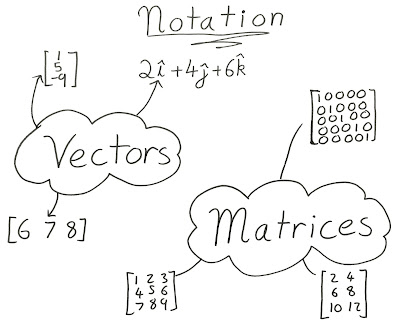
- Gohttplib combines the flexibility of Python for developing web service handlers and Go for core webserver handling:
a Python library that is actually the Go webserver, for which we can write handlers in Python. It makes Python servers really fast, and—more importantly—it’s a bit fun and experimental.
Work and Hiring
- FirstRound post on how to hire trailblazers, non-conformists and originals explains why the risks of not hiring enough are worse than the opposite.
- NYT opinion piece suggesting that to “just be yourself” is terrible advice unless you’re Oprah Winfrey. In real life the rest of us need to moderate ourselves:
We all have thoughts and feelings that we believe are fundamental to our lives, but that are better left unspoken. …. Next time people say, “just be yourself,” stop them in their tracks. No one wants to hear everything that’s in your head. They just want you to live up to what comes out of your mouth.
- Cult of Mac on the importance of self-improvement through free MOOCs courtesy of EdX.
Trump
- The Trump University Mexican judge standoff was widely reported as a self-inflicted disaster for his campaign and a reminder of how fundamentally unpredictable and explosive a quantity he remains. Not a good combination in a US president. WashPo suggested a turning point had been reached in terms of media handling. From now on, he can expect the ratchet to be tightened daily in terms of awkward, insistent and difficult questioning. A style that Jeremy Paxman excelled in. This clip is a good illustration of the approach:
- BoingBoing also explored this vulnerability landscape suggesting that Trump University is a bullseye which lies at the confluence of bigotry, fraud and failure. That’s where the media need to go to put their man on the ropes. To use an expression he’d doubtless object to for being too Mexican:
“Aim for the heart, Ramon”
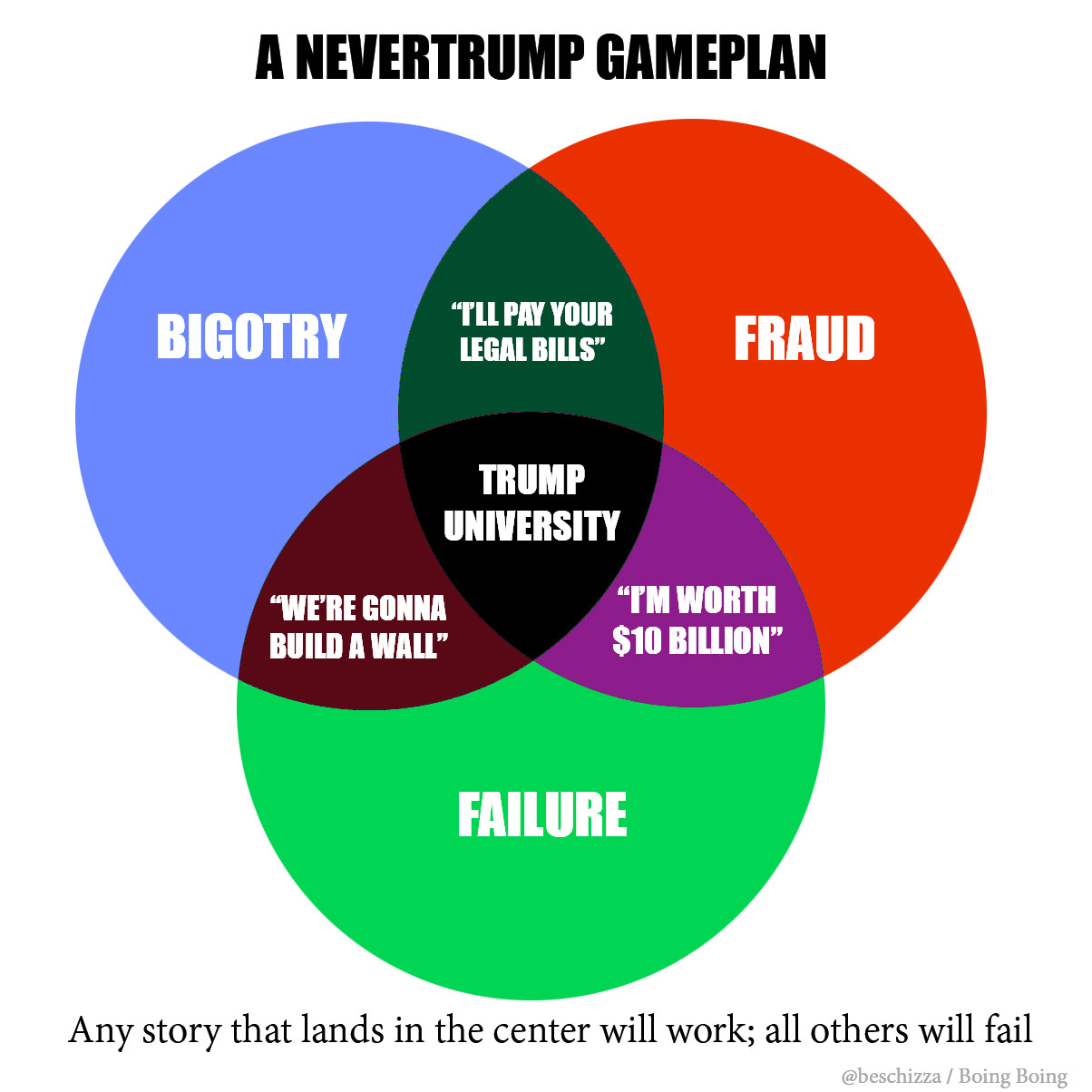
- Trump is also coming to the UK and Ireland this month in what is likely to be an anti-climax if he’s expecting pyrotechnics but what did he expect – it’s basically a business trip. It will be interesting to see if and how the UK media tackle him with the NeverTrump playbook while he’s here even if:
“He’s not going over there to make a foreign policy address at Oxford. He’s going over there to promote a golf course.”
- However, it remains to be seen if repeatedly asking Trump the same questions and recording him blustering his way through them makes any difference in influencing the US electorate. Another WashPo correspondent suggests that his appeal comes from a much darker place and one that is immune to the forces of logic by pointing to evidence that “people interpret challenges to their culture as threats to their very existence“. Immigration and perceived threats to religious beliefs invoke thoughts of death and there is further evidence that voters in that frame of mind are more likely to support Donald Trump:
these results suggest that the fear of death is one of several interrelated psychological concepts that could help explain why Trump has been so successful, including authoritarianism, an aversion to uncertainty and racial prejudice.

Society and Culture
- The same existential forces are likely at play in the Brexit debate. Logic is unlikely to be enough alone for the Remain campaign to win the day. This darkly rich tongue in cheek vision of Fantasy Island Britain circa 2025 post-Brexit under Prime Minister Boris Johnson:
After surfing the post-referendum wave of euphoria to Downing Street, Johnson soon found himself drowning in a vortex of economic failure. The byzantine complexity of withdrawal negotiations and harsh trade agreement terms dictated by Germany sent the pound into a corkscrew spin. The PM and his Chancellor, Michael Gove, parroted the claim that this would be a boon for exports, until being reminded that – other than second-rate weapons heavily subsidised by the government – Britain makes nothing a sane country would wish to purchase.
- With the death of Muhammad Ali, another 20th century colossus has departed the stage. Ali’s life had a legendary quality taking in some of the most bruising boxing matches of all time, radical politics and humanitarianism. Perhaps his most enduring legacy will be as a campaigning and peaceful Muslim. Esquire published a series of classic photos that portray a timeless, ineffable coolness that we seem to have lost somewhere down the line:
